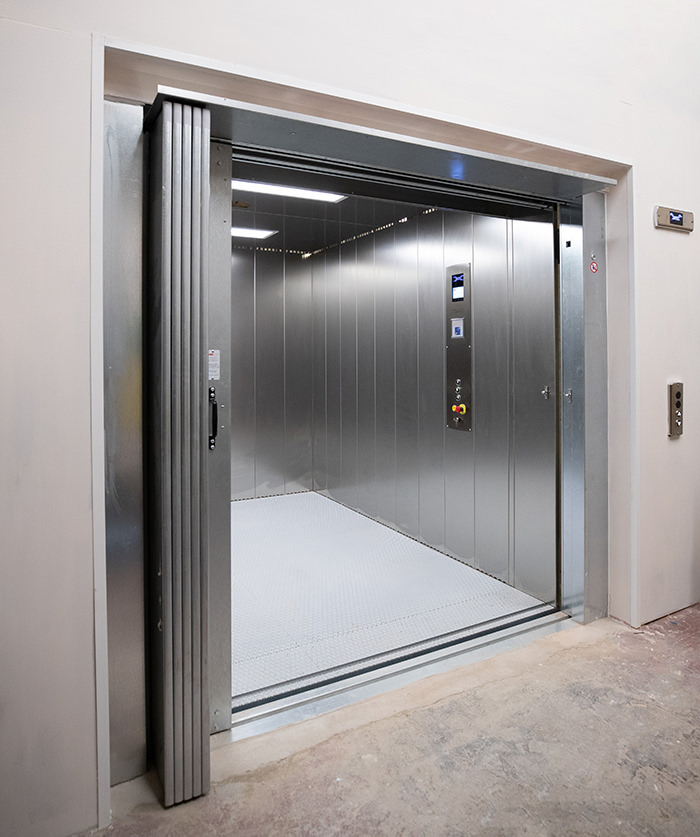We Maintain Lifts with Accuracy: Ensuring Safety And Security and Performance
We Maintain Lifts with Accuracy: Ensuring Safety And Security and Performance
Blog Article
Looking Into the World of Lifts: Typical Concerns Encountered by Various Lift Mechanisms
As we navigate with the vertical transport systems of modern-day buildings, elevators stick out as an indispensable part of our every day lives. Nonetheless, behind their seamless procedure exists a world of elaborate mechanisms that can occasionally run into difficulties. From hydraulic lifts to traction systems and machine-room-less styles, each lift type features its collection of usual concerns. Recognizing these challenges is critical for making certain the smooth performance of these vital systems. Let's explore the intricacies that underlie the procedure of lifts and the possible issues that can emerge, clarifying the elaborate web of lift mechanisms.
Hydraulic Lifts
Hydraulic elevators, often liked for low-rise structures, utilize fluid pressure to control the motion of the lift vehicle (lift repair companies). This mechanism involves a hydraulic pump pushing oil right into a cylinder, creating the lift to relocate the preferred direction. While hydraulic elevators are known for their smooth and quiet operation, they do feature their very own collection of typical concerns
One widespread trouble with hydraulic elevators is oil leak. Additionally, problems with the control system, such as damaged valves or a malfunctioning pump, can create disturbances in the elevator's movement.
Regular upkeep and timely fixings are important to make sure the smooth performance of hydraulic elevators. By attending to these typical problems proactively, building proprietors can decrease downtime and make sure the safety and performance of their upright transportation system.
Grip Elevators
When considering vertical transportation systems in buildings, another typical type in addition to hydraulic lifts is the traction elevator. Grip lifts operate making use of a system of ropes and weights that relocate the elevator car by clutching onto the hoist ropes. This device permits smoother and quicker vertical transportation compared to hydraulic systems.
One of the typical issues faced by traction elevators is rope wear. The consistent movement of the ropes within the grip system can bring about tear and wear gradually, potentially causing the elevator to breakdown or come to be unsafe for usage. Normal examinations and upkeep of the ropes are important to make certain the elevator's proper performance and safety and security.
One more problem that grip lifts might encounter is associated with the control system. Problems with the control system can bring about issues such as erratic movement, hold-ups in reaction times, and even total shutdowns. Normal screening and upkeep of the control system are important to stop such concerns and make certain the elevator's reliability.
Machine-Room-Less (MRL) Lifts

One of the vital elements of MRL lifts is the portable gearless traction equipment that is mounted within the hoistway. This equipment efficiently drives the elevator auto without the demand for cumbersome equipment discovered in traditional traction elevators. Additionally, MRL elevators generally utilize a counterweight system to stabilize the cars and truck, additional improving their power performance.
Regardless of their benefits, MRL elevators might face obstacles associated to maintenance and repair work because navigate to this website of the constrained space for tools installment. Access for servicing parts within the shaft can be limited, calling for specialized training for technicians. Correct maintenance routines and normal assessments are important to ensure the continued smooth operation of MRL lifts.
Overloading and Weight Limitation Issues
Are lifts furnished to handle excess weight loads effectively and securely? Overloading and weight restriction concerns are crucial problems in lift operations. Elevator manufacturers style raises with particular weight abilities to ensure passenger security and tools durability. Surpassing these weight limitations can result in various problems, including mechanical failures, delays, and security risks.
When elevators are overwhelmed, it places too much stress on the motor, wires, and other elements, possibly triggering breakdowns or malfunctions. If they identify excess weight, safety and security systems such as sensing units and overload sensing units are in place to protect against elevators from relocating. Furthermore, exceeding weight limitations can bring about enhanced energy consumption and deterioration on the elevator system.
To mitigate overwhelming concerns, building managers must plainly present weight limits in lifts and enlighten residents on the relevance of sticking to these limitations - lift repair companies. Normal upkeep checks by qualified view it now specialists can likewise assist make certain that lifts are running within safe weight specifications. By resolving overloading and weight limitation concerns proactively, building proprietors can improve elevator safety and security and effectiveness
Electric System Failures
Going beyond weight limits in lifts can not just lead to mechanical concerns but also potentially contribute to electric system failures within the lift infrastructure. Electrical system failures are an essential worry in elevator procedure, as they can create unexpected closures, malfunctions, or even safety and security hazards.
Routine maintenance and examinations are critical to determine and address possible electrical problems without delay, making sure the efficient and secure operation of lift systems. By sticking to weight limits and conducting routine electric system checks, structure proprietors can alleviate the risk of electrical failures in lifts.
Conclusion

Hydraulic elevators, frequently chosen for low-rise structures, use fluid stress to manage the activity of the elevator cars and truck.When thinking about vertical transportation systems in structures, another common type aside from hydraulic elevators is the grip lift. Traction lifts operate using a system of ropes and weights that move the elevator auto by gripping onto the hoist ropes. Unlike conventional lifts that call for a different maker room to house the devices, MRL elevators integrate many of the components within the shaft, eliminating the demand for a devoted maker room.In conclusion, elevators encounter common problems such as hydraulic malfunctions, grip system failures, and electric system issues.
Report this page